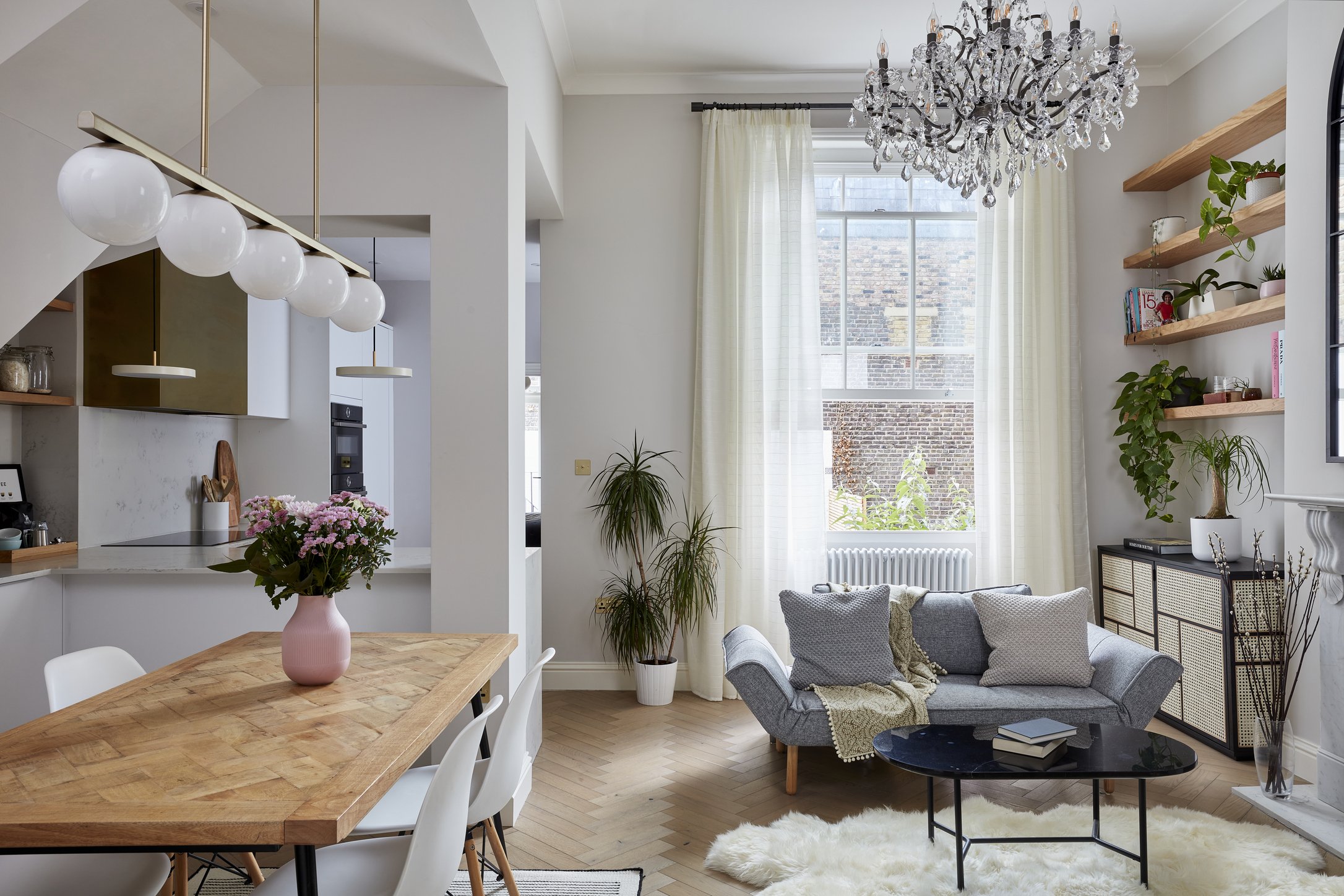4 Steps to Green Home Renovation
What is green home renovation?
When renovating your home, it’s all too easy to create a lot of waste and carbon emissions. A green refurbishment firm can help you conserve resources wherever possible, maximise energy efficiency and enhance the health of you and your family.
Reuse and recycle
Start by taking stock of what you can keep or repurpose. Don’t assume you need to rip everything out and start afresh – existing fireplace surrounds, ceiling roses and doors can be reused, for example. Original parquet flooring can also be salvaged and reused in another space.
Think about energy efficiency
A good green renovation firm will be able to advise you on various energy-saving techniques and fittings. Getting the ’shell’ of the building right is the first priority, so invest in good insulation, double-glazed windows and energy-efficient appliances. You could also consider installing solar panels on the roof or a biomass boiler instead of conventional gas heating.
Running water
Invest in devices that aerate the water as it passes through the tap or shower head, reducing water usage while maintaining pressure. Grohe are leaders in this technology. Dual flush toilets can also save substantial amounts of water.
Lighting
Green interior designers will now always recommend LED lighting – modern LEDs can replicate the warm look of an incandescent bulb, don’t waste energy, are capable of dimming and last significantly longer. To meet new building regulations, at least 75% of lighting in main dwelling spaces should be low energy.
Heating
Ask your green refurbishment firm to install underfloor heating instead of radiators – it’s more efficient and designers love it as it doesn’t take up floor or wall space!
Eco-friendly materials
There are now dozens of paint companies on the market producing low or no VOC (volatile organic compounds) paints, without sacrificing colour, coverage or durability – your green interior designer can recommend some good options. Benjamin Moore, for example, offers the Natura No-VOC line, which is practically odourless, self priming and available in every Benjamin Moore colour. Most eco-paints are water-soluble and use plant oils and resins to form the solution, with pigments coming from minerals or plant dyes.
If you prefer wallcoverings, make sure they’re made from renewable and recycled materials like paper, hessian, cotton and jute and water-based inks, to protect the planet and reduce chemical pollution in your home.
When selecting wooden floors, look for the FSE symbol to make sure the product comes from sustainably maintained woodlands. Environmentally friendly wood varnishes and waxes are also available.
Visit salvage yards
Ask your green renovation firm for tips on the best salvage yards in your area. You can scout around for reclaimed flooring, doors, panelling and furniture, all of which will add patina and personality to your home. An old ceramic kitchen sink might make a unique basin for the cloakroom, or reclaimed planks of wood could be used to create a one-of-a-kind dining table.
You can also donate or sell your own unwanted items and materials to save them from landfill – there are lots of reclamation companies that will collect your old fixtures and fittings, including unwanted kitchens.
Think local
When choosing a contractor, joiner or furniture-maker, try to work with local manufacturers to reduce the carbon footprint of transporting materials and labour. The same goes for choosing fixtures and fittings for your home – consider the point of origin for heavy items like tiles and flooring. You can buy wooden floors sourced from British woodlands, tiles that are manufactured in the UK and beautiful natural stones that are native to Britain rather than imported from quarries in Europe or the Far East.
Need some help?
There’s a lot to think about when embarking on a green home renovation. If you’d like to speak to a professional design firm with extensive experience in creating healthy and sustainable interiors, please do get in touch.



